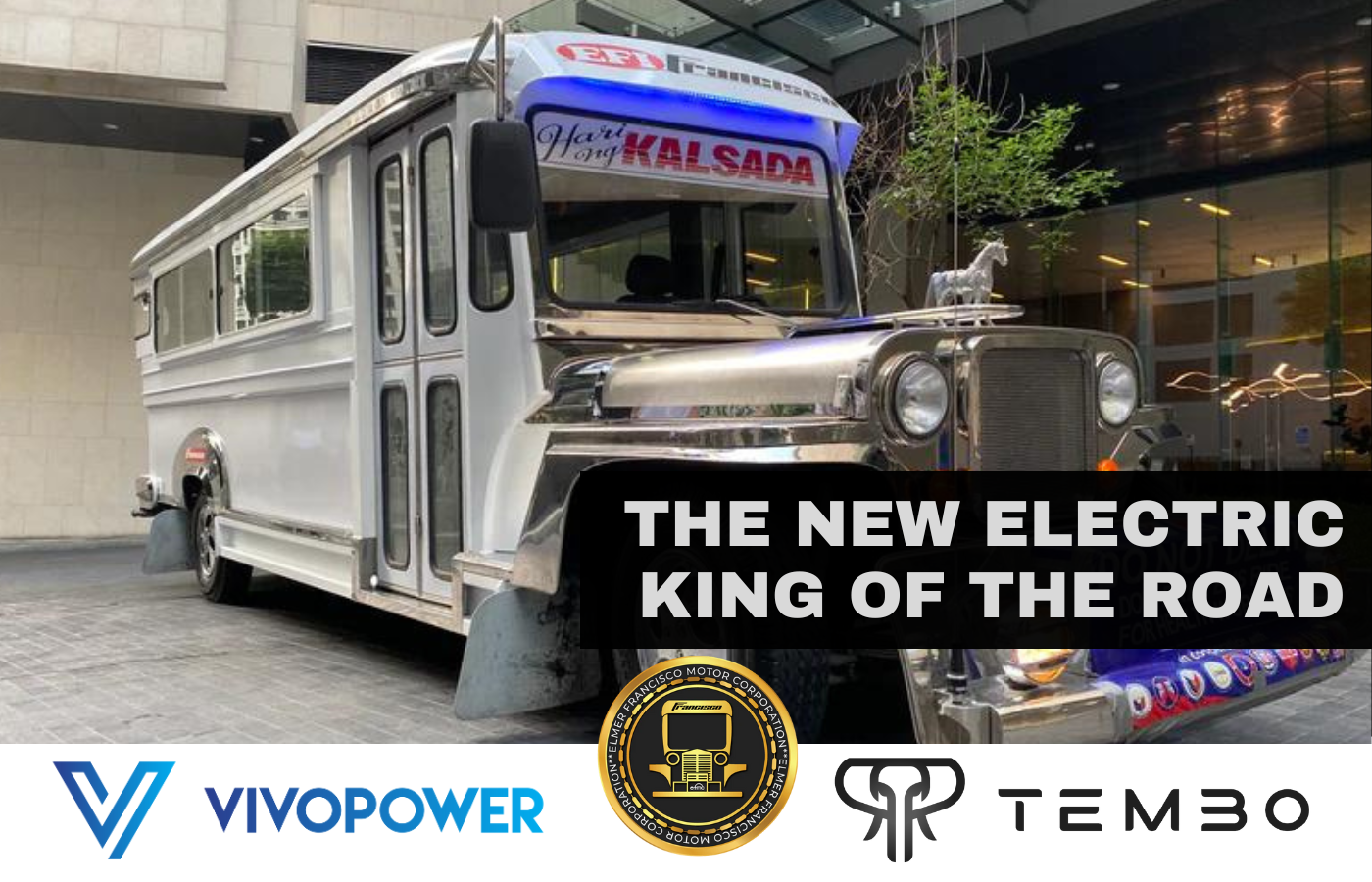Transit Advertising Philippines: Get To Hundreds Of Travelers Daily
Transit Advertising Philippines: Get To Hundreds Of Travelers Daily
Blog Article
Just How Transportation Marketing Can Transform Public Transport Spaces Into Dynamic Advertising And Marketing Platforms
Transportation advertising holds substantial capacity to redefine public transportation spaces into lively advertising and marketing platforms that notify and involve. As we explore the complex advantages and evolving strategies of transportation advertising, it increases the inquiry of exactly how this makeover can redefine our interactions with both brand names and the metropolitan atmosphere.
Benefits of Transportation Advertising And Marketing

Furthermore, transportation advertising is very cost-efficient compared to conventional media. It permits advertisers to attain high impacts at lower expenses, maximizing roi. The restricted audience of commuters supplies a chance for brands to convey their messages to individuals that are frequently responsive during their travel times.
Moreover, the vibrant nature of transportation marketing permits campaigns to be upgraded regularly, ensuring that messaging continues to be appropriate and timely. This versatility can be essential in replying to market trends or promotional occasions, maintaining the brand top-of-mind for consumers. Finally, the pervasive existence of transportation marketing adds to brand recall; repeated exposure within familiar traveling contexts enhances brand name awareness and cultivates customer loyalty, inevitably driving sales and boosting brand credibility.
Types of Transit Advertising
Mass transit systems supply different styles for marketing, each accommodating various marketing methods and audience interaction methods. One popular kind is outside bus and train covers, which cover the entire lorry and develop a mobile signboard result, permitting for high presence in metropolitan environments. These wraps can capture attention as they pass through hectic streets, getting to a diverse audience.
One more prominent format is indoor advertising and marketing, which includes posters, electronic screens, and ads on transit seats. These placements involve travelers during their trip, strengthening brand messaging in a restricted area. Digital shows, specifically, use the benefit of vibrant material, making it possible for marketers to upgrade messages in real-time.
Station marketing is likewise significant, featuring posters, banners, and interactive stands within transportation terminals. These ads leverage foot traffic and can target particular demographics based on place.
Last but not least, marketing collaborations with transit authorities can cause one-of-a-kind projects, such as themed transportation experiences or events, boosting the overall engagement with commuters. Each sort of transit advertising and marketing offers distinctive benefits, permitting brands to tailor their technique to effectively reach their target audience within the public transportation ecosystem.
Engaging Travelers Effectively
Commuters are increasingly inundated with advertising and marketing messages throughout their daily trips, making it crucial for brands to engage them in ingenious ways. To capture interest in this crowded space, marketers need to focus on creative thinking and importance. Making use of captivating visuals and succinct messaging can significantly improve the probability of involvement.
Interactive aspects, such as QR codes or augmented reality attributes, can additionally transform fixed advertisements right into immersive experiences, promoting a much deeper link with the target market. Brands should focus on dealing with travelers' requirements and rate of interests, tailoring messages to resonate with their lifestyle, whether via promos for neighborhood services or services developed to improve their commuting experience.
Furthermore, timing plays a crucial duty; tactically putting advertisements during top travelling hours can maximize exposure and impact. Engaging travelers effectively likewise involves leveraging social media sites assimilation, enabling travelers to share their promos or experiences directly from transit platforms, thereby amplifying brand name reach.
Fundamentally, efficient engagement depends upon understanding the my blog commuter journey and developing engaging, interactive, and relevant advertising and marketing experiences that not only catch focus yet also drive activity and commitment. By doing so, brand names can change public transport right into a vibrant marketing platform that resonates with its target market.

Measuring Advertising And Marketing Influence
How can brand names properly examine the effectiveness of their advertising and marketing projects en route settings? Measuring the effect of transportation advertising and marketing requires a complex approach that incorporates qualitative and quantitative metrics. One widespread technique is tracking interaction with mobile analytics, where brand names can evaluate foot web traffic patterns and application interactions before, throughout, and after projects.
Surveys can offer valuable insights into brand name recall and consumer view, allowing brand names to assess how well their messages reverberate with commuters. Additionally, checking social networks engagement pertaining to certain campaigns can disclose shifts in public perception and brand discussion.

Moreover, teaming up with transportation agencies can enhance dimension precision, as they commonly have in-depth group information on ridership patterns. By incorporating these methods, brands can develop an extensive understanding of their advertising performance, making sure that their campaigns not only reach yet additionally influence their target market efficiently.
Future Fads in Transit Marketing
A considerable shift is anticipated en route advertising as technological innovations and transforming customer behaviors reshape the landscape. Transit Advertising Philippines. The integration of interactive media and electronic screens is expected to boost engagement, enabling brand names to deliver dynamic web content that resonates with diverse target markets. As public transportation systems embrace clever technology, advertisers will utilize real-time data analytics to tailor messages based on passenger demographics and behaviors
In addition, boosted fact (AR) great post to read is poised to transform the method travelers communicate with ads. By giving immersive experiences, AR can transform an ordinary journey right into an engaging narrative that catches focus and fosters brand commitment. This technology will likely motivate marketers to produce more experiential campaigns that drive customer communication.
Sustainability is another critical fad influencing transit advertising. As ecological awareness grows, brands will increasingly seek to line up with environment-friendly practices, making use of sustainable products and promoting eco-friendly initiatives within their projects.
Verdict
Finally, transportation advertising and marketing supplies significant benefits by boosting brand exposure and involving a restricted audience. Through numerous formats, such as exterior covers and digital displays, it transforms public transport right into a vibrant advertising system. Efficient engagement methods and robust measurement techniques even more intensify its effect. As patterns advance, the potential for ingenious interactions between brand names and travelers is poised to grow, ensuring that transportation advertising remains a vital part of modern advertising strategies.
Transportation advertising holds substantial potential to redefine public transport areas into dynamic advertising platforms that inform and engage. The pervasive presence of transportation marketing adds to brand name recall; duplicated direct exposure within familiar traveling contexts strengthens brand name understanding and promotes consumer loyalty, eventually driving sales and boosting brand track record.
How can brand names precisely evaluate the effectiveness of their marketing projects in transportation environments?In verdict, transit marketing supplies considerable benefits by enhancing brand name presence and involving a restricted look at these guys target market. Transit Advertising Philippines. As fads evolve, the capacity for innovative communications in between commuters and brands is positioned to grow, guaranteeing that transit advertising and marketing stays a crucial element of modern-day advertising and marketing approaches
Report this page